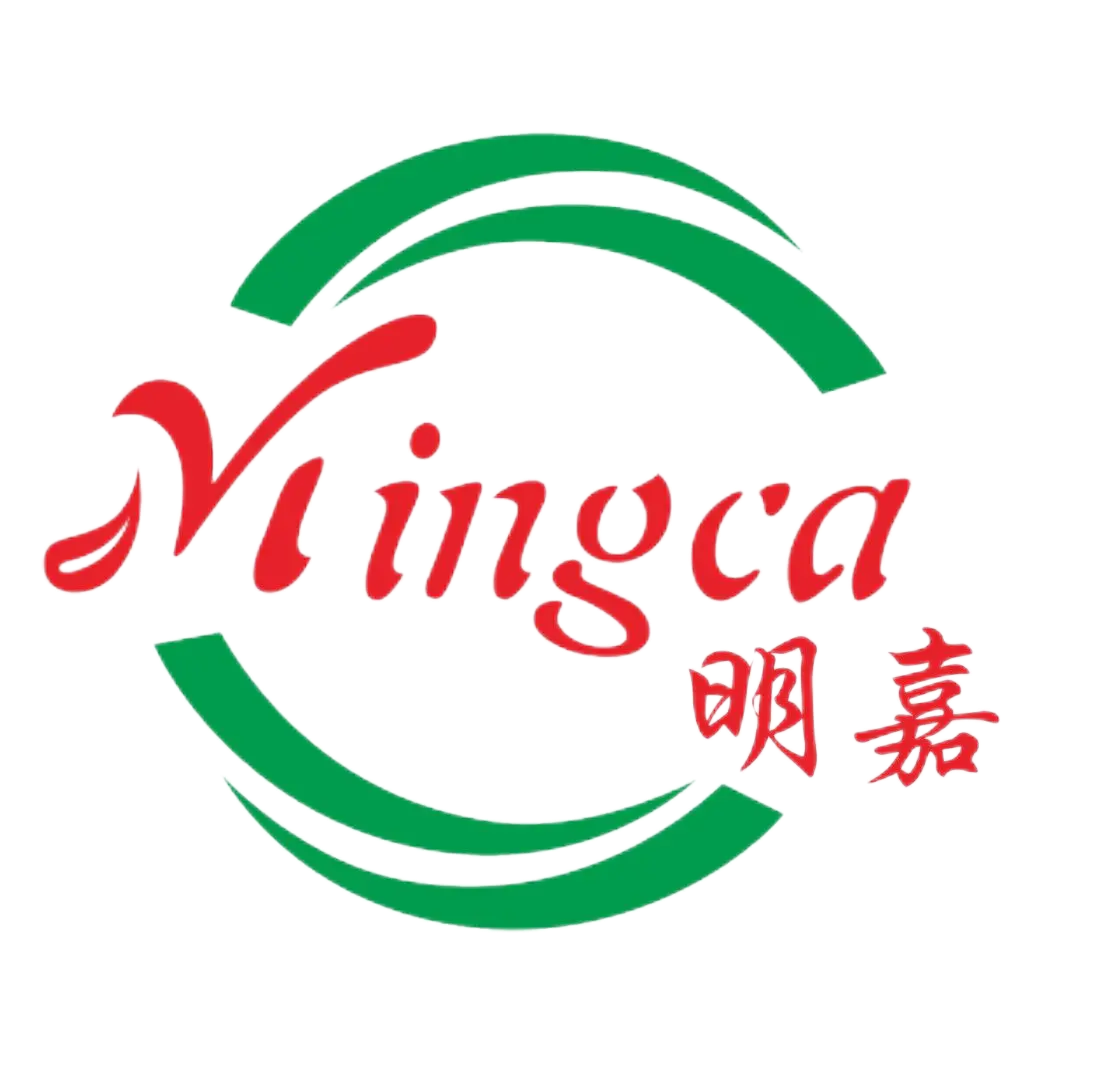What is the difference between the two brothers of recycled plastics "PCR" and "PIR"?
Recycled plastics are often mentioned in the plastic industry. Do you know what they are? Recycled plastics are mainly divided into two categories: PCR and PIR. Don't be led by the difference of one word, the two are very different.
PCR (Post-Consumer Recycled Material) refers to post-consumer plastics. It is usually waste plastics generated after circulation, consumption, and use. After physical or chemical recycling, it can be turned into extremely valuable industrial production raw materials to achieve resource recycling and reuse.
For example, recycled materials such as PET, PE, PP, HDPE, etc. come from waste plastics generated by lunch boxes, shampoo bottles, mineral water bottles, washing machine barrels, etc. that we often use. After reprocessing, they can be used as plastic raw materials to make new packaging materials.

PIR (Post Industrial Resin) refers to the direct recycling of materials such as drainage opening, substandards, and defective products generated when factories inject products into plastics, and then granulate them. It is also commonly known as drainage opening materials, which are generally sourced from drainage openings, substandards, and defective products generated when factories inject products into plastics, and are directly recycled from factories and reused. These materials can often be recycled well and are not easily spilled over into the environment. If PIR recycling can be achieved at the source of factory production, the utilization rate of industrial plastic production and recycling can be greatly improved.

In terms of recycling volume, the volume of PCR used for daily consumption is much higher than that of PIR. In terms of reprocessing quality, PIR plastic has an absolute advantage. Compared with the two, PCR can reduce the generation of plastic waste and reduce the consumption of natural resources. Therefore, it can better reflect the concept of environmental protection and has higher environmental significance and market value.
Many international brands such as Mengniu, Coca-Cola, Unilever, L'Oreal, Procter & Gamble, etc. have successively laid out PCR materials. The most mature is PCR-PET material (raw material made from recycled beverage bottles) used in the textile and clothing field.
At the same time, many countries have introduced policies that are favorable to PCR plastics: for example, the UK Revenue and Customs has issued a "plastic packaging tax", with a tax rate of 200 pounds per ton for packaging with less than 30% recycled plastic. The American Chemical Society (ACS) proposed to the US Congress that packaging materials must use 30% recycled materials. By 2030, some beverage bottles in the EU will contain at least 30% recycled plastic. Taxes and policies have undoubtedly opened up the demand for PCR plastics.

In the recycled materials market, there is currently no strict distinction between pre-consumer waste plastics and post-consumer waste plastics. The market is subject to vague concepts, unknown sources, unclear classifications, and even "fake" quality risks. Buyers are basically unable to distinguish and rely entirely on the supplier's own words. However, in reality, post-industrial recycled plastics are not truly recycled materials. Enterprises that are required by regulations to purchase post-consumer recycled materials should keep their eyes open.
It is difficult to distinguish the authenticity and quality of recycled materials, but regulating the PCR market and preventing bad money from driving out good money is an urgent problem to be solved. TJudging from the current development trend, PCR is an important environmentally friendly material for the plastic value chain to achieve sustainable development. It is a truly recycled plastic. If post-consumer plastics are not recycled, it will cause huge pollution every year.










